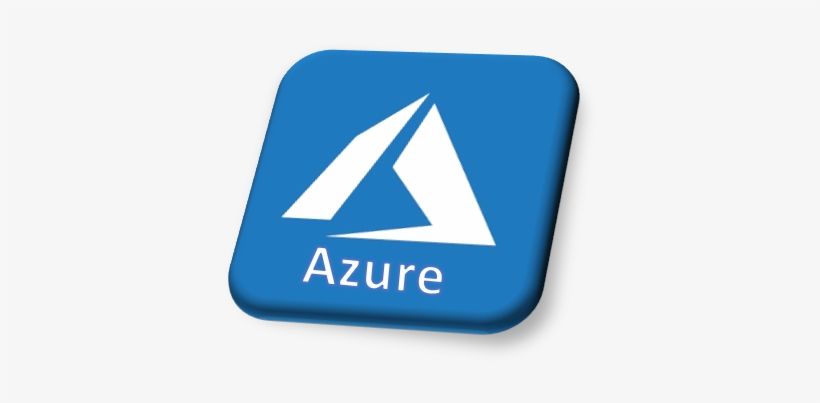
6 Key Azure Announcements from MS Inspire 2020
Amid changing work patterns and environments, partners and customers must stay equipped to increase resilience against future disruptions. Cloud has always been key to avoiding such pitfalls, and at Inspire 2020, Microsoft found the perfect platform to solidify the increasing urgency of cloud adoption.
Azure, Microsoft’s overarching set of cloud services, is growing by the minute to support partners and customers in embracing new, innovative ways of providing services to their customers.
Here’s a quick run-down of major Azure updates we came across at Microsoft Inspire 2020.
1. Improvements in ‘Azure Blob Storage’ for better storage, tracking, and workload handling
Azure Blob Storage is a service for storing large amounts of unstructured object data, such as text or binary data. Now in public preview, it provides storage to build powerful cloud-native and mobile apps. At Inspire 2020, Microsoft announced the ‘Last Access’ for Azure Blob Storage. This new update now offers improved visibility of data and has a built-in tracking functionality that lets you monitor the frequency of data access.
Another noteworthy improvement for Azure Blob Storage is the new Network File System (NFS) 3.0 support. NFS enables customers to easily access files over a network in a similar manner to which local storage would be accessed.
This new level of support will now help to manage large scale read-heavy data workloads and makes Azure Blob Storage the only platform to support NFS 3.0 protocol natively.
2. Security modifications in ‘Azure Lighthouse’ for more secure access to customers’ environments
Azure Lighthouse gives you a consolidated view of and lets you manage multiple Azure environments across your customers. This year, Microsoft has added some security enhancements to Azure Lighthouse, ensuring the service you get is more secure and faster than ever.
Azure Multi-Factor Authentication (for stronger authentication methods) and Azure Privileged Identity Management Support are among the latest security additions in Azure Lighthouse.
Moreover, customers no longer need to worry about managing admin privileges for support sessions. With Role-Based Access Control (RBAC), partners can now grant themselves higher privileges of their customer’s system either permanently or temporarily and provide necessary support without any hassle.
3. New ‘third-party connectors’ in Microsoft Azure Sentinel for improved security data collection
Wide adoption of remote working has increased cybersecurity risks. One way to address these risks is Azure Sentinel, is a SIEM (Security Information Event Management) + SOAR (Security Orchestration Automated Response) solution that uses AI to provide intelligent security by investigating and responding to threats quickly.
Microsoft has now added third-party connectors in Azure Sentinel to aid further in this process. These new third-party connectors will enable partners to collect security data and provide immediate security insight across leading security solutions, networks, and firewalls.
This is exciting news if you are looking for the combined data processing capabilities of a SIEM and the quick artificial intelligence of a SOAR.
This is exciting news if you are looking for the combined data processing capabilities of a SIEM and the quick artificial intelligence of a SOAR.

4. Migrate to the cloud with confidence with ‘Azure Migrate enhancements’
With changing times, the need for businesses to optimise costs and scale their workforce remains a top priority. Microsoft is continuously looking at ways in which organisations can leverage new Azure infrastructures to migrate their operations to the cloud.
The new advancements in Azure VMware Solution make it much easier, faster, and more reliable to run VMware natively on Azure.
Other notable announcements include seamless integration between VMware applications and Azure, the ability to migrate on-premises clustered applications to Azure Disk Storage, and the lightweight Azure Migrate appliance that tells you how many servers (virtual and physical) are running on a customer’s on-premises system.

5 Next gen ‘Azure Stack HCI’: flexible pricing, simplified deployments, and enhanced hybrid working
Hybrid work models are increasingly in use as customers want the speed and security of the cloud and the compliance and simplicity of on-premise systems. The next generation of Azure Stack HCI solution has enhanced security, performance, and reliability to support such hybrid workloads.
Microsoft is providing customers with the flexibility of running smaller ‘office-sized’ to big ‘data-centre’ scaled deployments. This means that you pay based on your ‘per core subscription model’ and can optimise your cost based on your needs.

Additionally, a new feature called ‘Stretch Cluster’ provides disaster recovery capabilities, so you can extend a cluster from a single site to multiple sites without losing your data.
The latest benchmarks for Azure Stack HCI have shown great promise even in high server workloads, so customers can expect to get excellent performance at a cheaper price.
6. Two new Cloud Practice playbooks to support partner innovation and efficiency
More than 80% of applications are set to be developed on cloud platforms (PaaS) by 2021. Partners will need to move beyond the traditional methods to serverless application development techniques to keep up with customer demand.
Microsoft’s Cloud Practice Development Playbooks provide the essential blueprints and tools to develop, manage, and secure an effective cloud practice that’s built to last. Two new Cloud Practice Playbooks were announced at Inspire 2020 to help partners improve the efficiency of their cloud adoption.
- The App Innovation Practice Development playbook guides partners towards developing innovative cloud apps rapidly at reduced costs, and modernising legacy applications to improve overall performance, reliability, and security.
- Azure Center of Excellence playbook, guides partners on how to scale an Azure-focused practice. Microsoft has announced, however, that this playbook will only be available post-Inspire, so we’ll keep you posted as more details unravel.
Are you excited about the upcoming updates in the Azure ecosystem? We sure are!
